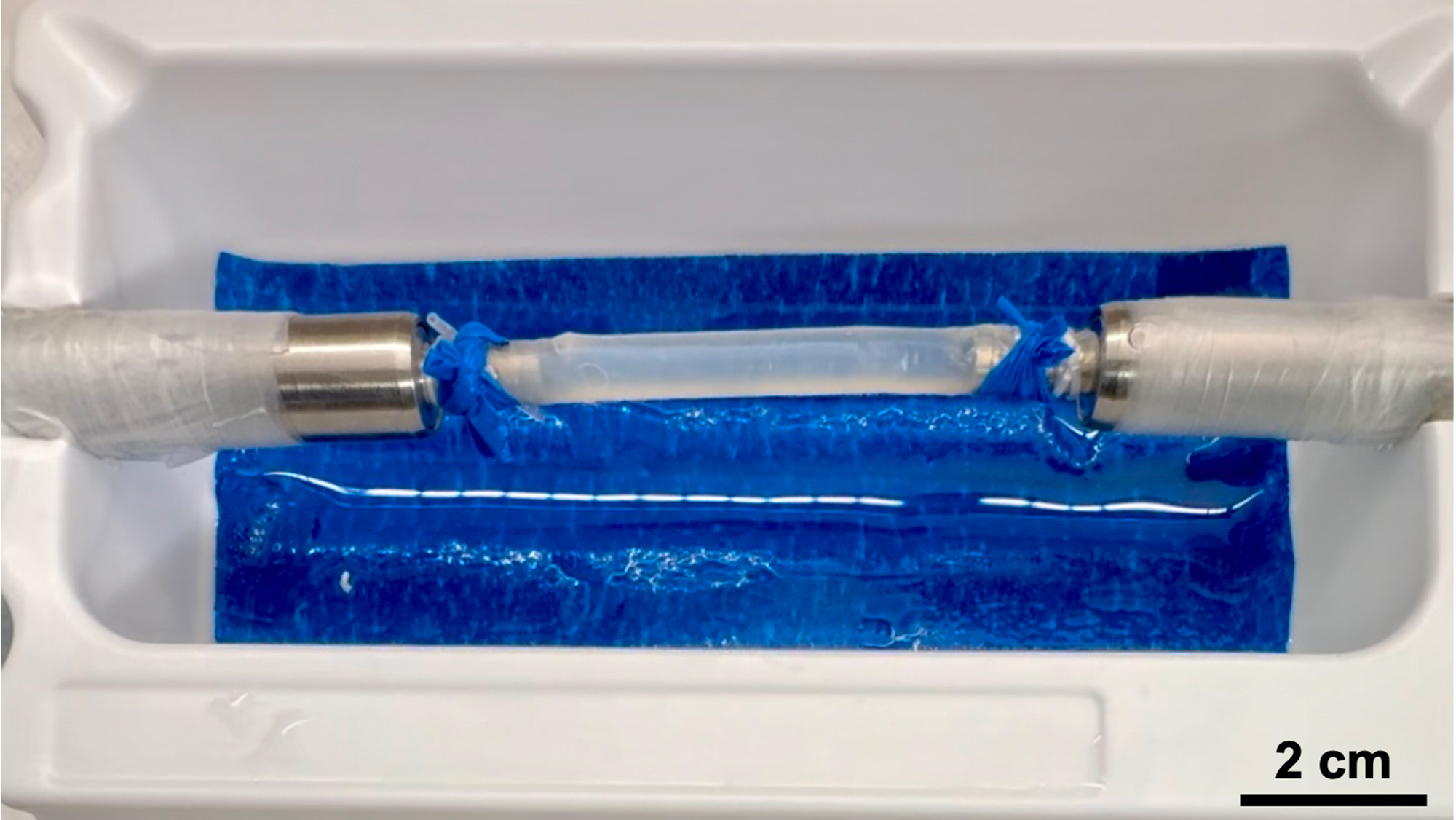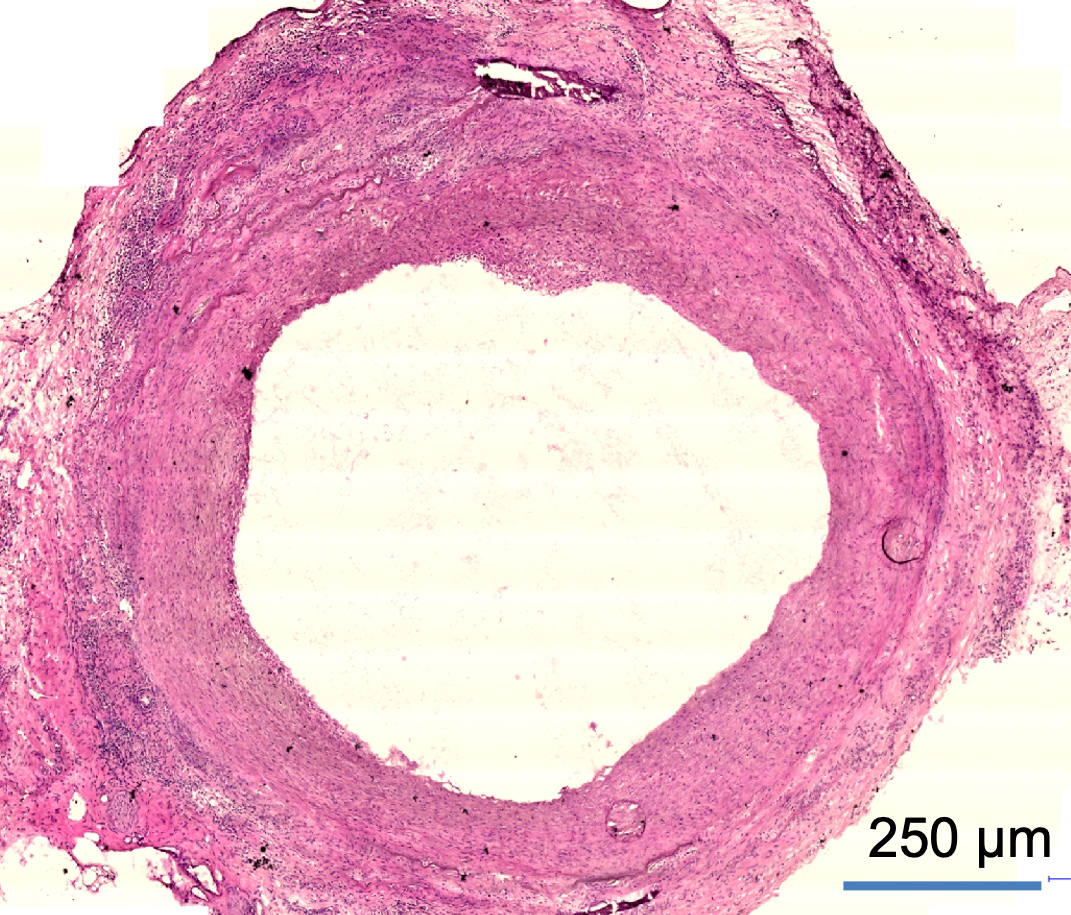
Much like a feeder road can bypass traffic on a highway, vascular grafts redirect blood flow past artery blockages to vital organs and tissues.
However, current methods for vascular grafts involve removing a healthy blood vessel from the patient’s leg or chest wall, increasing the potential for surgical complications.
Dr. Feng Zhao, an associate professor in the Department of Biomedical Engineering at Texas A&M University, and her lab were awarded a grant from Texas A&M Innovation to aid in her development of an engineered vascular graft, which would eliminate the need to remove a vessel from the patient.
“Normally, surgeons use blood vessels from the patient to do the bypass surgery, but many complications can arise, such as secondary surgery-related damage and shortage in resources for multiple surgeries,” Zhao said. “Our solution can be used off the shelf.”
Zhao said other engineered vascular graft solutions are too complex to fabricate or are derived from human donor or animal tissue and pose a risk of immune rejection. Additionally, she says that engineering small-diameter blood vessels less than 6 millimeters is especially tricky.

The off-the-shelf small-diameter vascular graft is made to be easily stored and shipped for the treatment of patients with cardiovascular diseases. The graft is also biodegradable and will eventually be replaced by natural tissue in the body, offering growing pediatric patients a sustainable option.
Zhao’s research was one of three projects from the biomedical engineering department selected to receive a Texas A&M Innovation Translational Investment Fund (TIF) grant. Dr. Abhishek Jain was selected for his project creating customizable vessel-chips for pharmaceutical testing and John Hanks and joint faculty Amir Tofighi Zavareh were selected for their project developing a human-informed full stack software for arterial disease screening.
The TIF grants provide system researchers with services and support to transfer their ideas and discoveries into new technologies that can be commercialized for societal benefit. In this way, research can impact lives through translation — the act of moving scientific discoveries from the lab into the real world.
The TIF grant will also allow Zhao to test her vascular graft further, with human clinical trials to follow.
“This grant helped me move on to the next step, and it's closer to the translation,” Zhao said. “It’s like a Chinese proverb ‘Pao Zhuan Yin Yu’ that means ‘laying brick to attract jade.’ Although this is modest, we will get something big from it.”